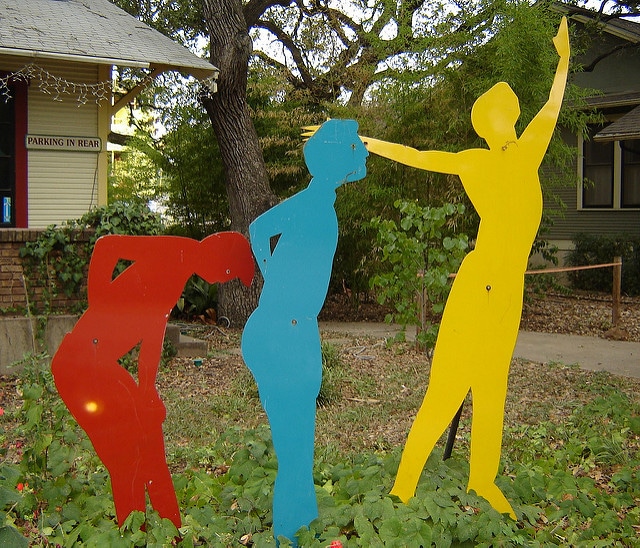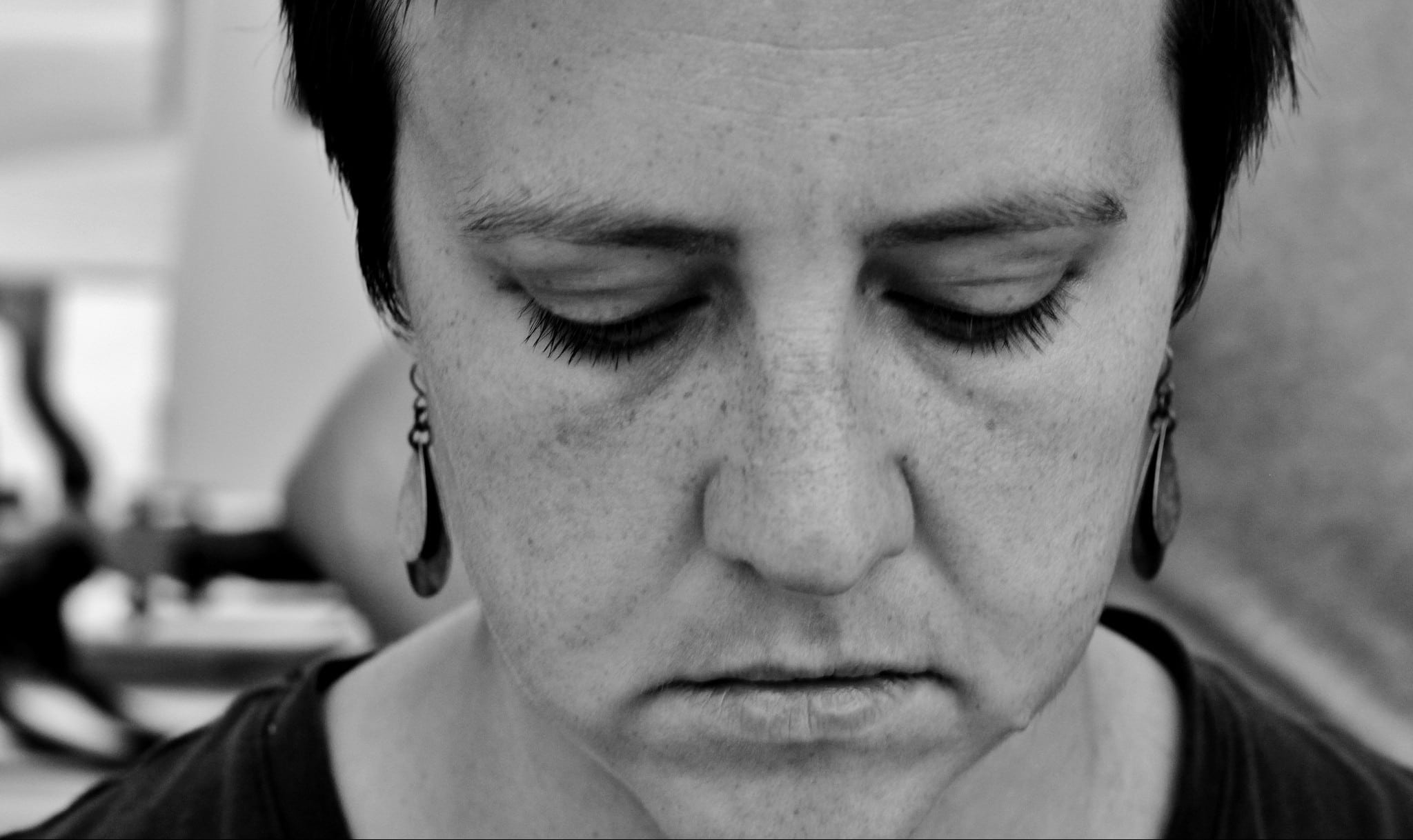
Psilocybe cubensis, a commonly-used psychedelic mushroom containing psilocybin, is the focus of a seminal new study on right psychedelic mushrooms dosage by Dr. Roland Griffiths. | Image Source: Wikimedia Commons user Zergboy
As you lie back and feel your trip beginning, your excitement becomes colored by doubt. Did you take too much? How can you be sure it’s not more than you can handle? As you worry, it becomes a self-fulfilling prophecy, and your anxiety takes over. You can tell the next few hours are going to be grueling. Did you take the right psychedelic mushrooms dosage?
If this sounds familiar to you, you’d probably agree that determining dosage can be one of the biggest challenges of a psychedelic experience. Yes, you want to get the most of the experience, but you don’t want to go too far.
Luckily, we are at a truly exciting point in the history of psychedelic science — after decades of prohibition on all research, the last few years have seen an explosion of studies into the therapeutic benefits of psychedelics like ibogaine and psilocybin for addiction and PTSD. And thanks to one recent study from John Hopkins, it seems like an answer to the question, “What’s the ideal mushroom dosage?” may be just around the corner.
The Research About Mushroom Dosage
Though the overall flurry of recent research is reaffirming to see, a true herald of a change in the way we see psychedelics comes from a very new study by Dr. Roland Griffiths (Dr. Griffiths is also responsible for a well-known study about the effects of psilocybin on patients diagnosed with terminal cancer, as well as several other seminal psychedelic and addiction studies). In this study, 18 healthy volunteers were given four tiers of psilocybin dose and encouraged to lie down in a comfortable environment with headphones. The study’s aim was to evaluate volunteers’ subjective experiences—positive and negative—at different doses.
The highest dose tested was 30 mg of psilocybin per 70 kg participant weight (mg per kg is a typical clinical measure of dose for drugs of all kinds). This is roughly equivalent to a 155 lb individual taking slightly less than 5 g of dried psilocybe cubensis, a typical psychedelic mushroom—quite a strong dose. Four out of five volunteers receiving this dose reported the experience was one of the top five most spiritually significant events of their lives, but a third of participants also reported a significant psychological struggle. At this higher dose, experiencing fear, anxiety, and stress was more likely.
At the next highest dose of 20 mg per 70 kg (equivalent to roughly 3 g of dried psilocybe cubensis), all volunteers reported positive experiences, and only one experienced any negativity. This trend continued for lower doses, with slightly less profundity of experience but still significant, long-lasting effects. Over a year later, the researchers followed up with volunteers and found that the vast majority still thought that their experiences were in the top five most spiritually significant of their lives.
The Big Three: Set, Setting, and Dose
Besides dosage, there are a couple other things to consider when undertaking a psychedelic experience. It’s widely agreed that the three factors that most influence a psychedelic experience are set, setting, and dose.
Set refers to an individual’s mindset: are you coming into the experience expecting something to go wrong, or do you have a constructive intention? Setting refers to the environment of the experience: do you have an experienced sitter, guide, or therapist who can help chaperone you through difficult stages? Are you in a comfortable, soothing room or the outdoors? Set and setting are well understood, and it is clear how they can push a psychedelic experience in a positive or negative direction. Dose, however, is less intuitively clear, and that is why this study is so important: it attempts to quantify the relative benefits of different doses of a psychedelic.
We know that psychedelics like psilocybin are capable of revealing deep personal insights, transcendent realizations, and ineffable connections to the universe that lead to long-lasting improvements in outlook, but also that in some circumstances, we can have difficult, troubling, and even frightening experiences. That’s why set, setting, and dose are so important. Though some may say that these negative experiences teach us something valuable in and of themselves, individuals who are apprehensive about psychedelic therapy would do well to have their fears soothed so that they can receive psychedelics’ full benefits without negative expectations.
What the Research Means for You
This research is so significant because it isn’t looking at psychedelics in a prescriptive manner—it can help any individual, whether they’re “sick” in a clinical sense or simply seeking to improve their own mental health. It benefits anyone seeking a psychedelic experience, especially those who are unsure where to start or apprehensive about what they have heard. Even very low doses of psychedelics still engender long-lasting positive changes, and the lower the dose, the less likely you are to have an anxious or stressful episode.
With attentive detail to set, setting, and dose, you can seek out the psychedelic experience most suited to you. If you are seeking a truly transformative experience — and are willing to face your fears and tackle deep-seated issues — a high dose of 3-5 grams may offer one of the most significant experiences you could encounter. Terence McKenna famously coined 5 grams (roughly the same as the Hopkins study’s highest dose) as the “heroic dose” that guaranteed ego death and an out-of-this-world-experience. If you’d like to remain more functional, the “museum” dose of 1-2 grams can occasion plenty of mind expansion and reality augmentation while still keeping you grounded enough to interact normally with others and the outside world.
If you’re apprehensive about psychedelics, or simply want to open yourself up and improve your outlook, a “threshold” dose may be best for you, something on the order of .5-1.5 grams. While some people become anxious at this level of dosage and feel on the crest of “breaking through” to a fuller experience but never do, others find it to be a way to connect with the ‘spirit’ of the mushrooms in a light, background sort of way. Lastly, if you are looking to microdose, the recommended dose is 1/10th of a gram every third day, and you should have no observable effects other than elevation of mood.
Remember also that dose is only one component of your experience—make sure your mindset is prepared and intentional, and your setting is supportive, therapeutic, and above all, safe. Additionally, every psilocybin mushroom is different, and various weights of mushrooms will contain different levels of psilocybin, making all dosing with dried mushrooms a guessing game. Lastly, each person is different and metabolizes mushrooms differently, what might be a museum or threshold dose for one person could be a full-on heroic dose for another. It is best to start slowly, make sure you have a safe container for the experience, have friends or sitters you can rely on if things take a turn for the challenging, and be in an environment that is enticing, nurturing and safe for enjoying.











good article besides your dosing being way off
Thanks for the article. Are you aware of any anecdotal correlations between anxiety from marijuana and anxiety from psilocybin? In other words if someone “gets anxious” from marijuana are they destined to get anxious from psilocybin? I’m happy to hear any response ranging from opinion to citation.
No, with psilocybin an individual person may experience anxiety on one trip and not the next even when taking mushrooms from the same patch. The determining factors are really set and setting, as the article mentioned. Psilocybin containin mushrooms have essentially one dominant psychotropic compound, which is psilocin in the brain.
Cannabis, on the other hand, is a balancing act of several dozen psychotropic compounds. The two most dominant of these are THC and CBD, and each strain will have different ratios of these compounds. All strains have some amount of both. THC produces a cerebral high, acts as an appetite stimulant, and may cause anxiety if not properly balanced with CBD. THC is higher in sativa strains and sativa dominant hybrids. CBD produces a calming body high, reduces anxiety, and is gaining attention for its medicinal benefits (that is not to say THC does not have its own medicinal benefits). CBD is higher in indica strains and indica dominant hybrids. If an individual experiences anxiety while taking cannabis they are advised to seek a strain with a higher CBD percentage, though set and sayetting also play a factor. The move towards medical acceptance and legalization has helped some users manage the “set” aspect as there is a reduced paranoia of law enforcement.
Lovely! I am just beginning to practice shamanism and herbalism and I will be having my first psychedelic experience soon, this article was SO informative! ♥
In my experience anxietey from marijuana use. Which is something Ive experienced intensely every time Ive used it, correlating to anxiety in psilocybin use is non existent. I’ve Never had overwhelming anxietey in fact Ive experienced the opposite. I feel a sense of deja Vu in where I feel like Im coming home again. It invokes feelings I haven’t felt since childhood I feel like everything is the way it’s supposed to be all of the sudden. I also feel a sense of euphoria and insight that feels like finally being in on the joke. It can be intense at times but it never feels wrong.
I have a question regarding the dosage and whether it will interact with depression medication you are taking.
Can you still take the 3mg dose while on antidepressants
very good blog! Where can I find a bibliographic reference about the equivalence between the synthesized psilocybin and the weight in dry mushrooms? Thanks
Canada has prescription microdose programs now and they are wildly successful.
We are trying to formulate capsules for microdosing. Is there any way to actually measure the amount of psilocybin in milligrams or is it simply by weight of the mushroom powder?